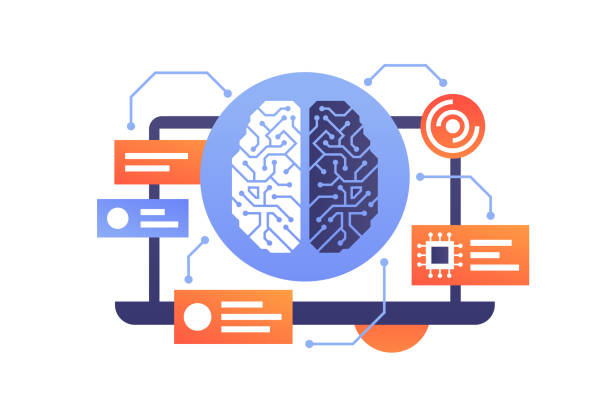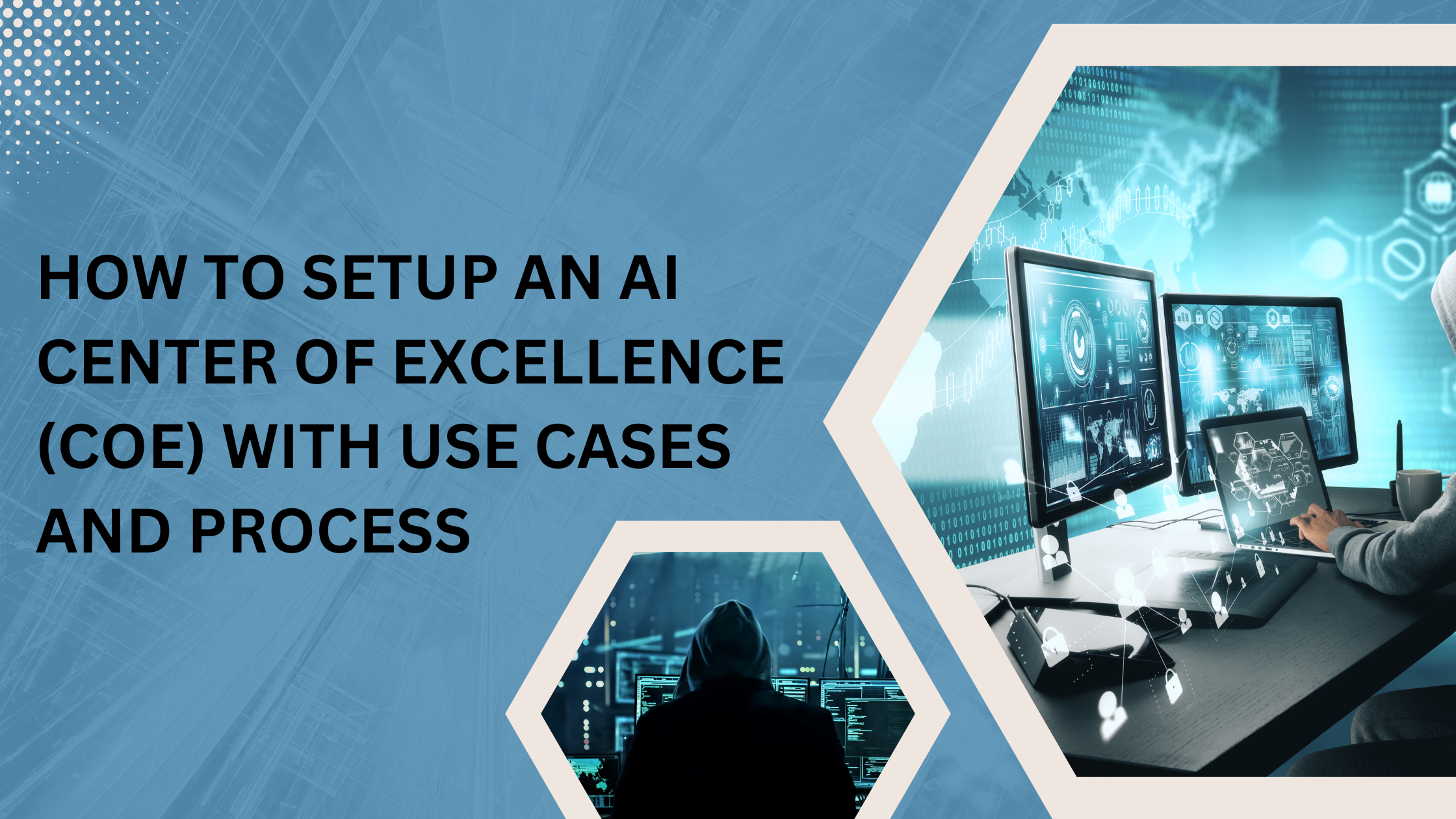Hello readers,
No doubt artificial intelligence is a modern approach.
It’s not that any average leader can come to this field with no idea of what artificial intelligence is. Unless you have any knowledge about what exactly artificial intelligence is, and how it can benefit your organisation, you can’t drive true leverage from AI.
Well let’s first try to understand what artificial intelligence actually means. Then we will come upon some deep learning in the same.
Artificial intelligence
The education of artificial intelligence simply means importing human intelligence in machines.
By these machines are then able to act like human such as:
thinking like a human being.
- Act over a situation same as the human does.
- A Robot copying the actions of a human would be the best example of AI.
- Voice recognition while searching on a topic, voice typing etc are also included in the tasks of Artificial intelligence.
These were some basic examples to make you understand the concept of AI, if you are new to it.
Machine Learning [AI]
Though both machine learning and artificial intelligence are known for the same i.e. supervised learning, so are used interchangeably.
But in academics, machine learning is a subfield of AI in the branch of computer science.
It uses the data and algorithms and imitates the way that humans learn, and has the ability to gradually improve its accuracy.
In the field of data science, machine learning seems to be an essential component which is nowadays working in the way that the world is soon going to reach the next level of intelligence.
Deep learning inference
Deep learning is one of the parts of machine learning which is actually based on artificial neural networks. Which are this multiple layers so that it can interact with high-level features from the raw input.
Deep learning has also been related to brain development since the 1990s.
Talking about algorithms and computer hardware, they have led to more efficient methods for training deep neural networks that contain many layers of non-linear hidden units with an output layer which is large enough.
Multi-Model Serving
It is a tool that can be advantageous for serving the learning models because of its flexibility and conveniency. Here the models can be trained using any ML/DL framework. So, this tool is used for various types of inference in production settings.
Apart from this we have also provided below some of the algorithms for efficient deep learning inference:
1.Pruning neural networks
In machine learning pruning neural networks is referred to the removal of an important waits for the purpose to get a small and fast network.
2.Deep compression
The neural network has a limited storage due to being both computationally and memory intensive, which make it difficult to deploy on embedded systems with less hardware storage.
Therefore, to prevent the storage issue, the deep compression was introduced.
Deep compression is a three-stage pipeline:
Prunning—-> quantization—-> Huffman encoding
Data quantization
The data quantization aims to map the input values from a large set to output values in a smaller set.
3.Low rank approximation
A technique for effective model compression which is used to reduce computation and parameter storage requirements.
4.Trained ternary quantization
As you know that deep neural networks are widely used in machine learning applications. But it sometimes faces the difficulty in deploy on mobile devices due to limited power budget.
Trained ternary quantization I introduced to, prevent the issues in the same.








